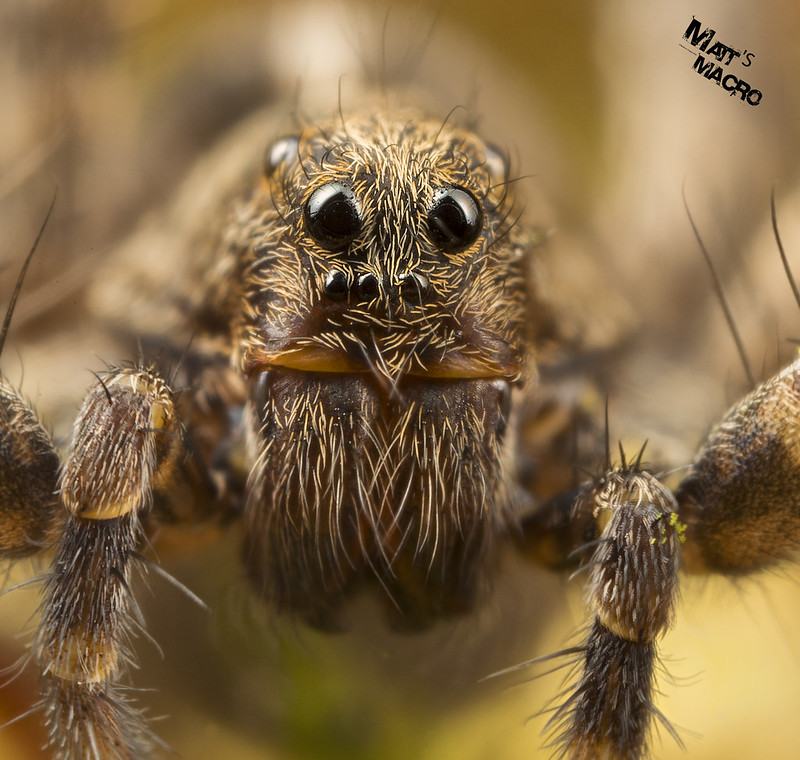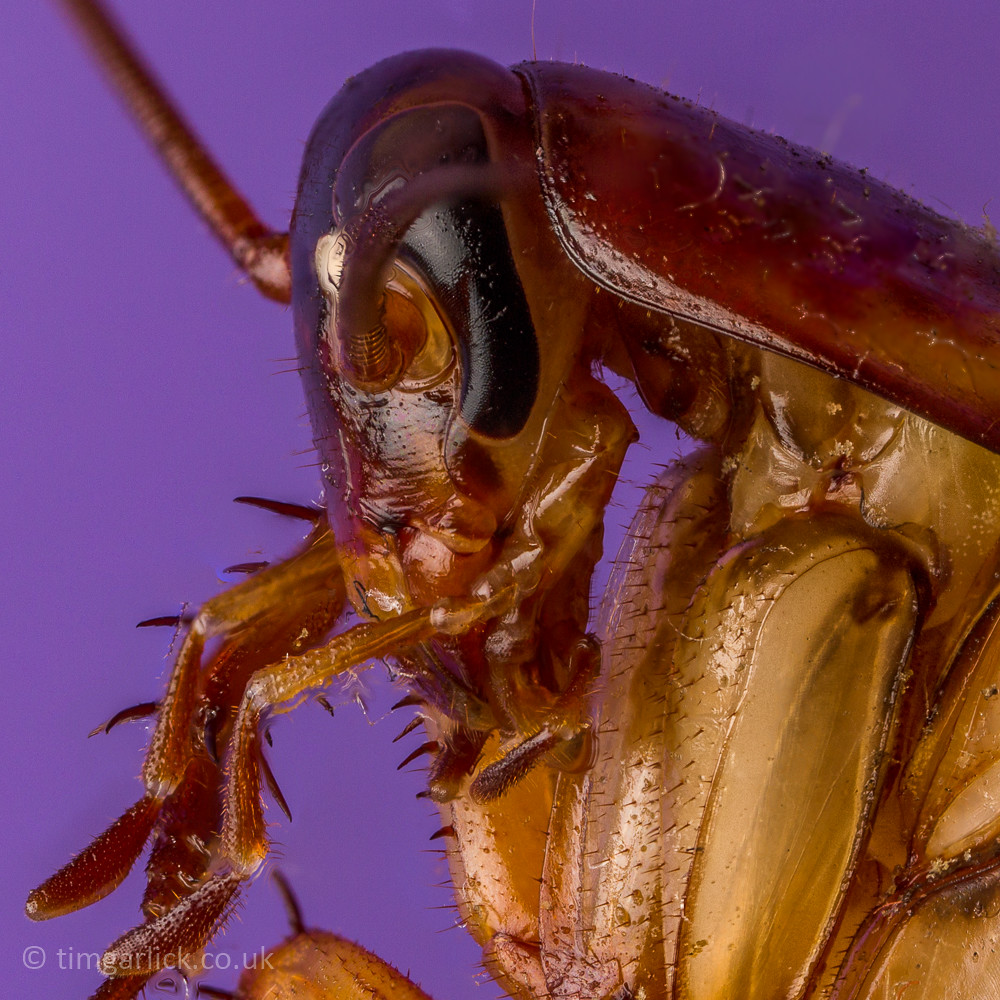- Messages
- 99
- Edit My Images
- No
.........bearing in mind that this is going to be done on my pension. 
I was talking to an acquaintance from another forum (hiss, boo), and asked what equipment he used to get his excellent shots of real close up insects.
and asked what equipment he used to get his excellent shots of real close up insects.
As a result of this conversation, I realised that I hadn't got an f2.8 lens, let alone a dedicated macro lens, only had the flash that was on the camera, didn't have a remote shutter release, a light box with daylight bulbs.......the list goes on.
So after a lot of research:
I have just ordered a Nikon to Praktica lens mount so I can use my old nifty fifty film lens. Cost £30 and is coming from America;
got a set of extension tubes, (that takes care of the dedicated macro lens), and a remote shutter release for £30.
Also on order is an all singing and dancing ring flash that I can adjust to full, half and quarter lighting strength, £30.
I'll use the Sads daylight lamp that we got one winter when we were feeling really down and have never used. (that takes care of the light box).
Now all I have to get now is some entomology pins and make up a killing jar, buy some nail varnish remover and catch a few bugs.
So for £90 odd I will have saved myself something in the region of £300 - £350.
Who was it said, "necessity is the mother of invention"?
I was talking to an acquaintance from another forum (hiss, boo),
 and asked what equipment he used to get his excellent shots of real close up insects.
and asked what equipment he used to get his excellent shots of real close up insects.As a result of this conversation, I realised that I hadn't got an f2.8 lens, let alone a dedicated macro lens, only had the flash that was on the camera, didn't have a remote shutter release, a light box with daylight bulbs.......the list goes on.
So after a lot of research:
I have just ordered a Nikon to Praktica lens mount so I can use my old nifty fifty film lens. Cost £30 and is coming from America;
got a set of extension tubes, (that takes care of the dedicated macro lens), and a remote shutter release for £30.
Also on order is an all singing and dancing ring flash that I can adjust to full, half and quarter lighting strength, £30.
I'll use the Sads daylight lamp that we got one winter when we were feeling really down and have never used. (that takes care of the light box).
Now all I have to get now is some entomology pins and make up a killing jar, buy some nail varnish remover and catch a few bugs.
So for £90 odd I will have saved myself something in the region of £300 - £350.
Who was it said, "necessity is the mother of invention"?








 Do I have wrinkles?
Do I have wrinkles? Hibernating Weevil
Hibernating Weevil Say "Argggghhhhh"
Say "Argggghhhhh" 174/365/2013 - Bee
174/365/2013 - Bee 212/365/2013 - Moth's Head
212/365/2013 - Moth's Head 237/365/2013 - American Cockroach
237/365/2013 - American Cockroach 342/365/2013 - Barkfly Nymph
342/365/2013 - Barkfly Nymph Muscid Fly
Muscid Fly Common Shiny Woodlouse
Common Shiny Woodlouse